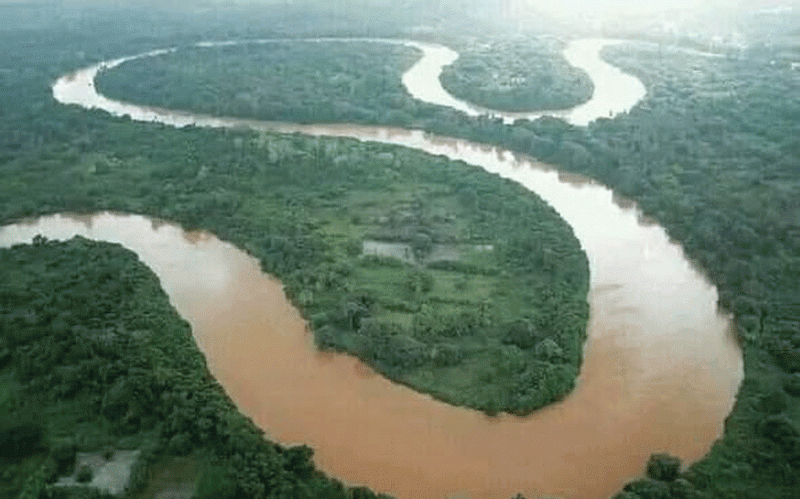
Greetings, readers!
It’s been quite a spring for markets, and as we approach the end of May 2025, the interplay of tariffs, trade tensions, and shifting policy narratives is once again at the center of US stock market volatility.
In this article, I will break down what’s been happening, how I’m personally navigating these choppy waters, and what investors should keep in mind as we look ahead.
As always, this is what works for me—please do your own research before making any investment decisions.
If you find these insights helpful, I invite you to follow my Streetwise Economics YouTube channel here https://tinyurl.com/5ydrzdxb and subscribe to my weekly newsletter at www.streetwiseeconomics.com.
For those seeking 1:1 coaching on trading and investing, bookings are open at the same website.
The US stock market has been on a rollercoaster in 2025, with much of the volatility tied to the Trump administration’s aggressive tariff policy.
In early April, the US announced sweeping “Liberation Day” tariffs on imports from key partners, including China, the EU, and Canada.
- The brains behind Matavire’s immortalisation
- Red Cross work remembered
- All set for inaugural job fair
- Community trailblazers: Dr Guramatunhu: A hard-driving achiever yearning for better Zim
Keep Reading
The immediate market reaction was sharp and negative: the S&P 500 and other global indices saw some of their worst two-day declines in decades.
Federal Reserve Chair Jerome Powell captured the mood when he warned that the economic impact of these tariffs was “highly uncertain,” with the potential for both increased inflation and slower growth in one of his regular addresses.
Companies and consumers alike scrambled to adjust, with retailers reporting a surge in sales as Americans rushed to buy goods before higher prices hit.
But as quickly as the market fell, it rebounded. By mid-May, the US and China agreed to a 90-day pause on new tariffs, and negotiations with the EU were extended, calming nerves and fueling a swift rally.
The S&P 500, which had traded at a 17% discount to fair value in early April, bounced back to just an 8% discount by the end of the month to now trading at 0.67% year-to-date at the time of writing.
Still, the mood remains fragile—each new headline about tariffs or trade talks can send stocks swinging.
Tariffs are essentially taxes on imported goods. When imposed at scale, they disrupt global supply chains, raise costs for businesses, and can dampen consumer demand.
For US companies, the big question is: who absorbs these costs? Some industries can pass higher prices on to customers, but others—especially those with tight margins—may see profits squeezed.
The uncertainty around tariffs also makes it harder for companies to plan, invest, and hire.
This “policy overhang” leads to increased volatility in stock prices, as investors try to gauge the ultimate impact on earnings and economic growth.
In the short term, markets tend to react more to the threat of tariffs than their actual implementation.
But as we saw in April, when tariffs are enacted and retaliatory measures follow, the hit to equity prices can be immediate and severe.
Volatility has become the defining feature of 2025’s markets. The VIX, Wall Street’s “fear gauge,” spiked to levels not seen since the early days of the pandemic during April’s tariff announcements.
High-yield credit spreads widened, and liquidity in both stocks and bonds was tested as investors rushed to reposition.
While some of this volatility has subsided with the latest round of trade negotiations, the risk remains high.
Investors are now pricing in the possibility that tariff rates could end the year anywhere from 10% to 20%, depending on the outcome of ongoing talks as per UBS latest report.
This wide range of scenarios keeps markets on edge and makes it harder for both traders and long-term investors to plot a clear course.
In times like these, I stick to a disciplined approach that balances opportunity with caution. Here’s what I’m doing:
lBuying quality on dips:
When the market sold off in April, I saw it as an opportunity to add to positions in wonderful businesses with durable competitive advantages. I’m mostly invested in the US including Amazon, Booking,MELI ,Google and AFRM, but I also own select Canadian names like TFI International (TFII) and Aritzia (ATZ.TO), both of which I believe are well-positioned for long-term growth.
lKeeping cash ready:
I always like to have some cash on hand. Volatility creates unexpected opportunities, and having liquidity allows me to act when great companies go on sale.
Right now, I’m holding a bit more cash than usual, given the ongoing policy risks and the potential for more market shocks if economic data disappoints.
lOptions for income and entry:
I’ve been using cash-secured puts to generate income and potentially buy stocks I like at lower prices. This strategy lets me collect premiums while waiting for my desired entry points. Earlier in the year, I also used covered calls to boost returns on positions I already owned, but as the market rebounded, I paused that strategy to avoid missing out on further upside.
lStaying selective:
I’m not chasing every dip or headline. Instead, I focus on companies with strong balance sheets, resilient earnings, and management teams that can navigate uncertainty. I’m also looking beyond tariffs—thinking about secular trends, innovation, and the global competitive landscape.
While the recent market rebound has been encouraging, risks remain elevated. Here’s what I’m watching:
Further tariff escalation: Negotiations with the EU and China are ongoing, and any breakdown could trigger another round of tariffs and market volatility.
Economic data surprises: If inflation runs hotter than expected or growth slows sharply, markets could react negatively, especially with so much optimism now priced in.
Policy uncertainty: The 2025 US election cycle is heating up with mid-term elections on the horizon, and with it, the potential for more abrupt policy shifts that could affect everything from trade to taxes.
Given these risks, I’m maintaining a cautious stance, keeping cash available, and staying flexible in my trading and investing approach.
Ultimately, while tariffs and trade tensions are grabbing headlines, they’re just one piece of the puzzle. The US stock market is still trading at a slight discount to fair value, and corporate earnings have been surprisingly resilient this year. Long-term investors who stay focused on fundamentals and avoid getting whipsawed by every policy twist are likely to be rewarded.
That’s my approach: Stay invested in quality, keep cash for opportunities, and use options to manage risk and enhance returns. It’s not about predicting every headline—it’s about being prepared for whatever comes next.
Tariffs and trade tensions will continue to shape the market narrative in 2025, but volatility also brings opportunity for those who are patient and disciplined. Remember, this is just what works for me—please do your own research and consult a professional before making investment decisions.
If you’d like to follow my journey and get more practical market insights, subscribe to my Streetwise Economics YouTube channel and sign up for the weekly newsletter at www.streetwiseeconomics.com. For personalised coaching on trading and investing, you can book a session with me there as well.
Stay wise, stay nimble, and happy investing! Until next time, may the markets be on your side!
- *Isaac Jonas is a Canada-based economist and principal consultant at Streetwise Economics. He is also a retail investor, retail trader and content creator, focusing mainly on the US and Canadian capital markets. He regularly shares insights via his social media handles and YouTube channel (Streetwise Economics). His website is www.streetwiseeconomics.com and can be reachable on [email protected]. Insights shared in this article are based on current market conditions, which may be subject to change, hence this article does not amount to investment advice.











